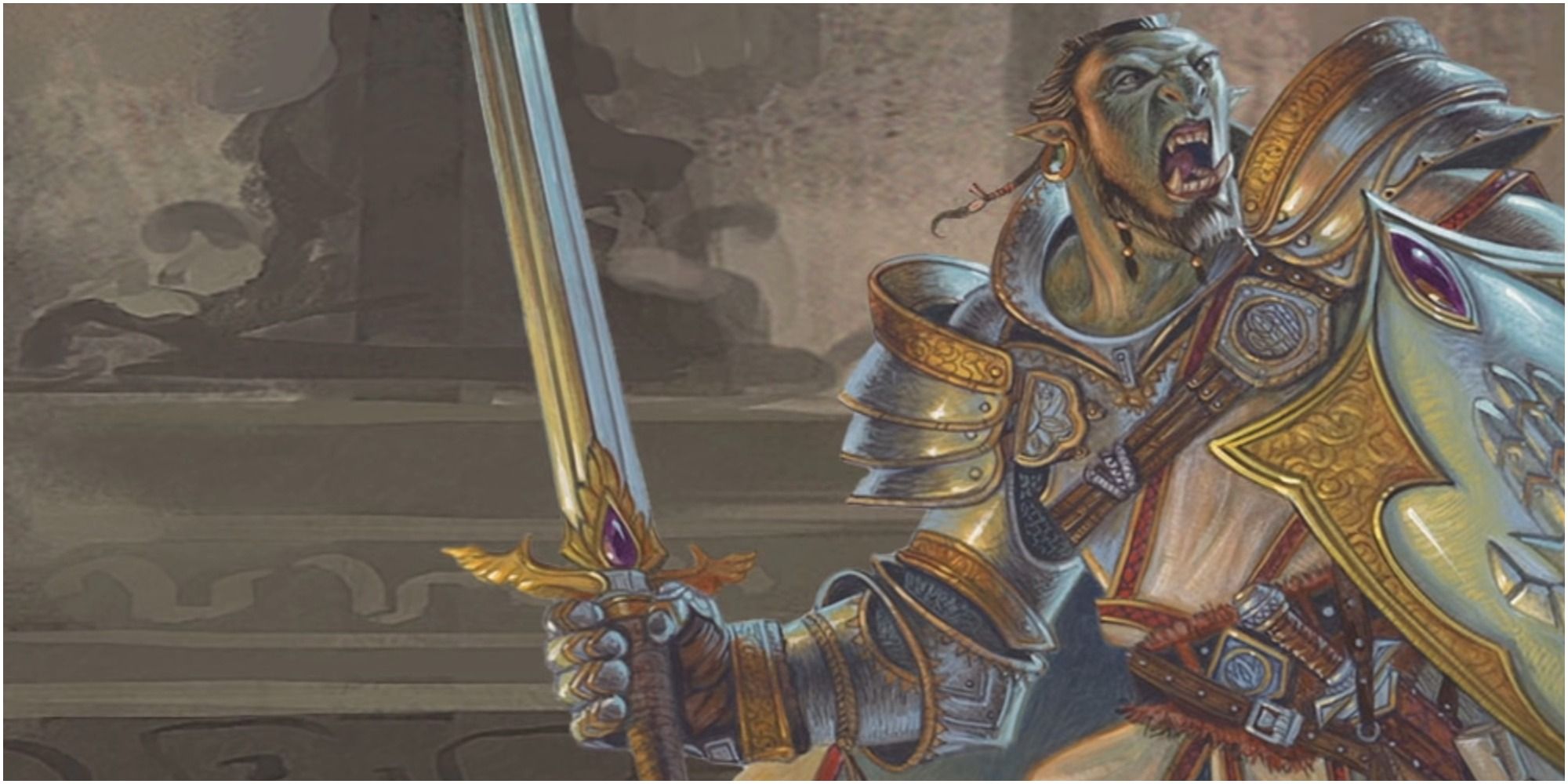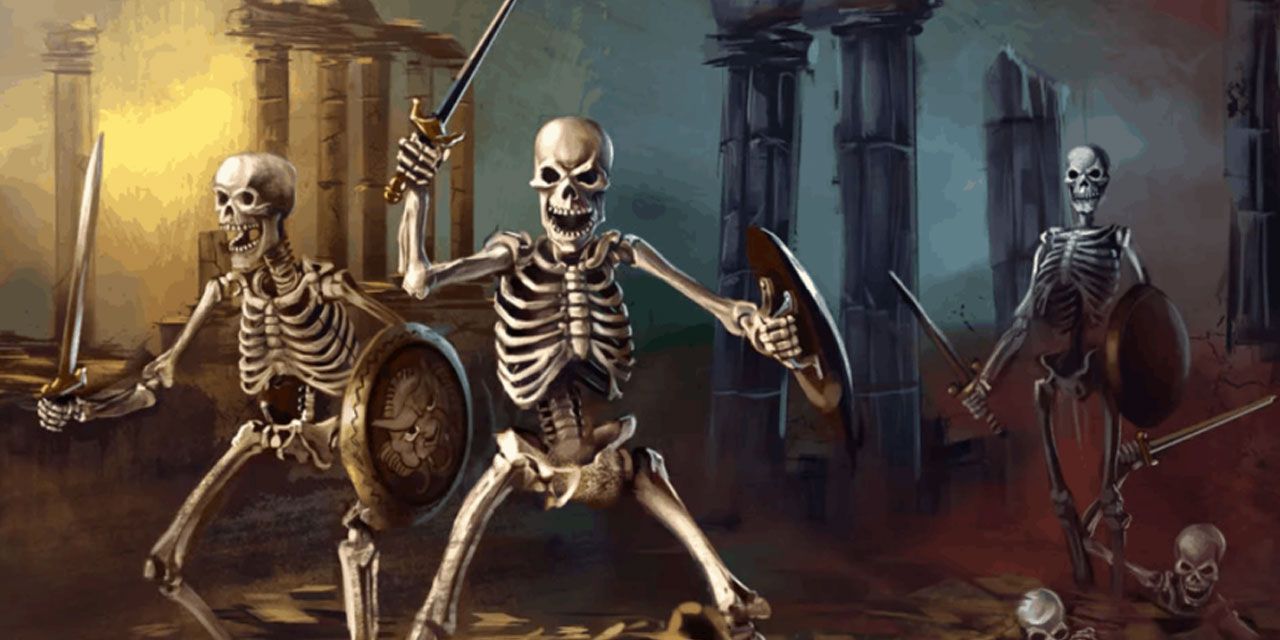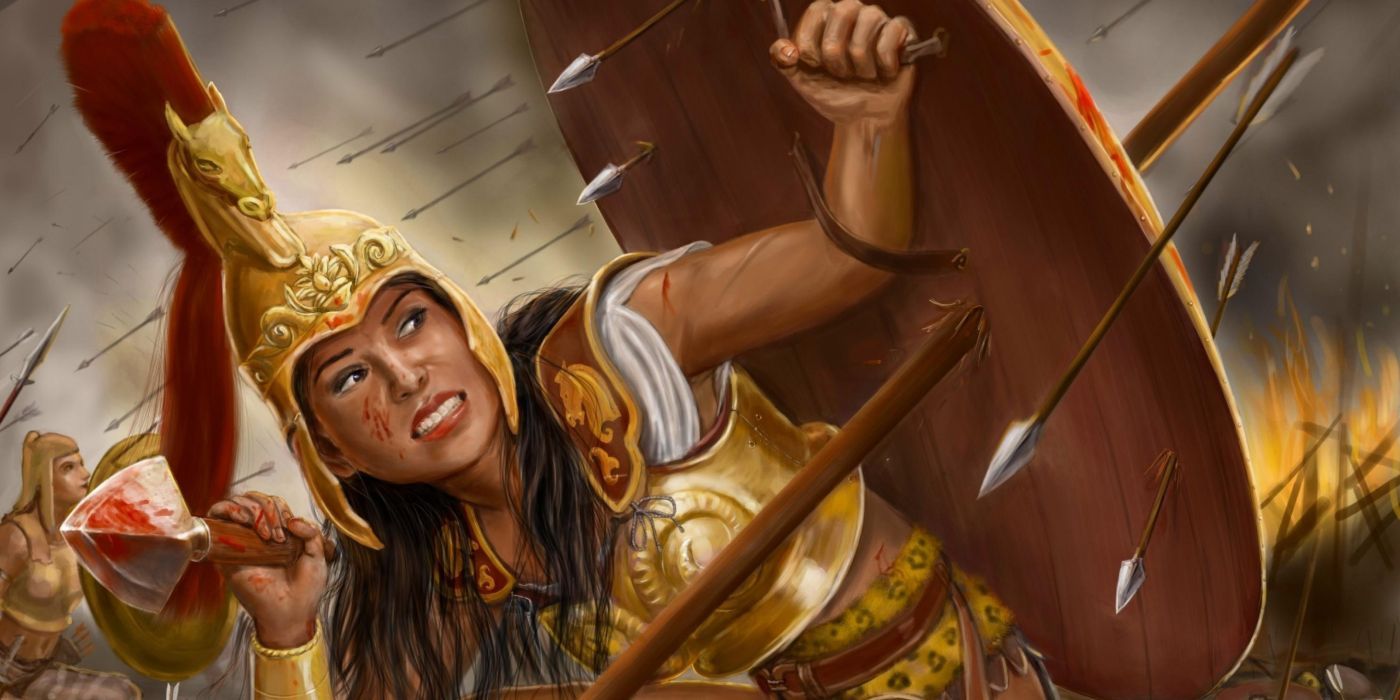It's been almost a decade since the launch of Dungeons & Dragons Fifth Edition, the latest version of Wizards of the Coast's legendary tabletop RPG. Tabletop gaming has experienced a renaissance over that time, with a surge in popularity driven by accessible rules and popular RPG podcasts like Critical Role. There's never been a better time to get into Dungeons & Dragons, and it all starts with building a character.
There's a huge variety of character creation options in D&D 5E, from the bizarre to the classic. It's hard to get more classic than a shield-wielding frontline warrior, or sword and board as it's often known. Shields require proficiency to use, but offer players increased defense to keep them safe in the heart of combat. Creating a basic Shield-wielding character is easy to do, but players who focus on the style can get much more out of it.
The Best Shield Classes in Dungeons & Dragons Fifth Edition
Unlike previous versions of Dungeons & Dragons, there is only one type of Shield in Fifth Edition, though enchanted versions do exist. The basic Shield costs 10gp, weighs 6lbs, and grants any creature that wields it with Proficiency a +2 bonus to Armor Class. Most of the martial-orientated classes in Fifth Edition start with Shield Proficiency, but it can also be granted through subclasses or the Moderately Armored Feat. Here are all the ways players can gain shield proficiency:
- Artificer Class
- Barbarian Class
- Bard College of Valor Subclass
- Cleric Class
- Druid Class
- Fighter Class
- Moderately Armored Feat
- Paladin Class
- Ranger Class
- Warlock Hexblade Subclass
Not every class with Shield Proficiency gets the same advantages. For example, some start with a Shield, while others will need to acquire one on their own. In addition, the Fighter and Paladin classes have access to the Protection Fighting Style, which grants Shield-users the ability to intercept attacks aimed at nearby allies. Other classes can also pick up this Fighting Style through the Fighting Initiate Feat from Tasha's Cauldron of Everything.
How to Use Shields in Dungeons & Dragons Fifth Edition
The +2 bonus to AC that a Shield grants is a powerful bonus for characters who are planning to fight on the frontlines. With Dungeons & Dragons' D20 system, a +2 means that all attacks against that character's AC are 10% less likely to hit, a bonus that remains constant from level 1 to level 20. That's the same as the difference between Chainmail and Platemail, or between a character with 10 Dexterity and one with 14.
The downside of using a Shield is that it robs players of the ability to use two-handed weapons, which are generally more powerful. In addition, spellcasting characters often need a free hand to perform Somatic (gesture-based) components. The exception to this is Paladins and Clerics, who can use a holy symbol on their Shield as a spellcasting Focus, or any character with the War Caster Feat, which allows players to ignore the restriction completely.
The Shield Master Feat in Dungeons & Dragons Fifth Edition
Beyond War Caster, there's only one Feat in Dungeons & Dragons 5E that is specifically designed for Shield users. The Shield Master Feat grants a range of useful bonuses, starting by allowing players to add their +2 bonus to their Dexterity Saving Throws as well. In addition, a character with Shield Master won't take any damage on a succesful Dex Save to take half damage from a spell.
The Feat also grants players the ability to Shove with their Shield as a Bonus Action after attacking, knocking an enemy prone or 5ft back. Before 5E principal designer Jeremy Crawford's clarification on Twitter in 2018, it was assumed by many players that the Bonus Action could come before certain attacks, making it a powerful tool for granting Advantage. However, after the clarification it's clear that the Feat wasn't intended to grant Advantage to its user. Nevertheless, whether a DM chooses the official ruling or the old interpretation, the Shield Master Feat remains the pinnacle Feat for any Shield-bearing character.




